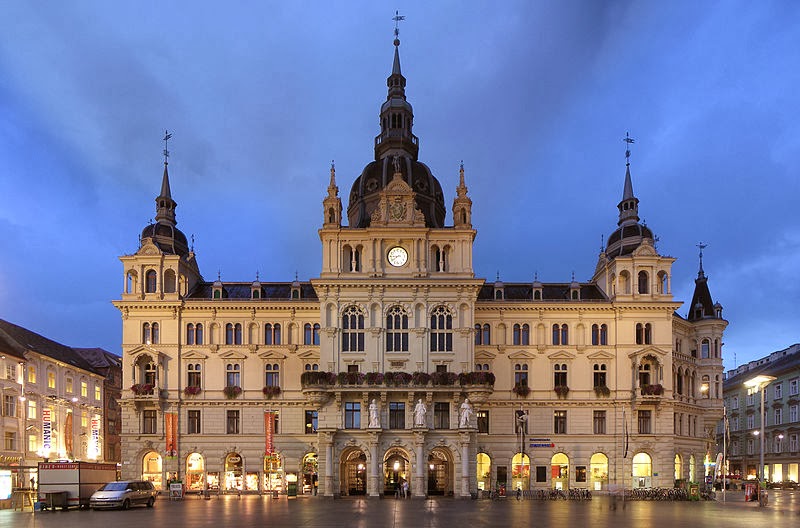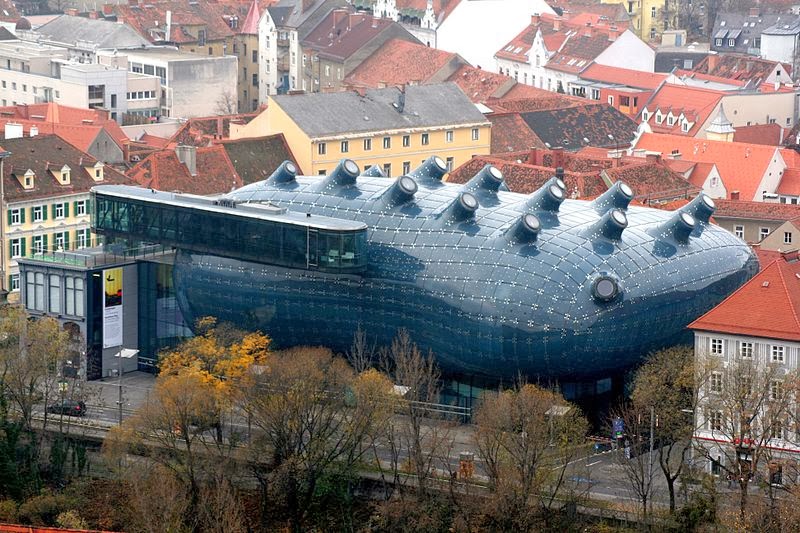Antibesbordmer
Antibes is a resort town in the Alpes-Maritimes department in southeastern France.
It lies on the Mediterranean in the Côte d'Azur, located between Cannes and Nice. The town of Juan-les-Pins is within the commune of Antibes. The Sophia-Antipolis technology park is northwest of Antibes.
Antibes was founded as a 5th-century BC Greek colony settled by Phocaeans from Massilia, called Ἀντίπολις, Antípolis (literally, the "city across"). Due to its naturally protected port, the town of Antibes has long been an important trading centre.
Rome gradually increased its hold over the Mediterranean coast and in 43 BC, Antipolis was officially incorporated in the propraetorial (senatorial from 27 BC) province of Gallia Narbonensis in which it remained for the next 500 years. Antipolis grew into the largest town in the region and a main entry point into Gaul. Roman artifacts such as aqueducts, fortified walls and amphoræ can still be seen today.
After the Roman Empire disintegrated in 476 AD various barbarian tribes seized Antibes. This resulted in destruction and a long period of instability. In the 10th century, Antibes found a protector in Seigneur Rodoart, who built extensive fortified walls around the town and a castle in which to live. For the next 200 years, the town experienced a period of renewal.
The rocky beaches of Antibes
Prosperity was short-lived, as the whole region fell into disarray for several centuries. The inhabitants of Antibes stayed behind their strong city walls as a succession of wars and epidemics ravaged the countryside. By the end of the 15th century, the region was under the protection and control of King Louis XI of France. Relative stability returned, but the small port of Antibes fell into obscurity.
From around the middle of the 19th century the Antibes area regained its popularity, as wealthy people from around Europe discovered its natural beauty and built luxurious homes here.
In 1926, the old Château Grimaldi in Antibes was bought by the local municipality and later restored for use as a museum. Pablo Picasso came to the town in 1946, having visited his friend and fellow painter Gerald Murphy and his wife Sara there in 1923, and was invited to stay in the castle. During his six-month stay Picasso painted and drew as well as crafting ceramics and tapestries. When he departed Picasso left a number of his works to the municipality. The castle has since become the Picasso Museum.
Sights
There are 48 beaches along the 25 km (16 miles) of coastline that surround Antibes and Juan les Pins.
The view of the Gulf of Antibes
Archaeology Museum
This museum sits atop the Promenade Amiral de Grasse in the old Bastion St Andre, a 17th-century fortress. The museum's collection focuses on the classical history of Antibes. Many artifacts, sculptures and amphorae found in local digs and shipwrecks from the harbour are displayed here. The views of the sea and mountains from the promenade are also spectacular.
Naval Museum of Napoleon
Housed in a 17th-century stone fort and tower, this museum presents a collection of Napoleonic memorabilia, paintings and naval models. Several wall paintings show historic moments in Napoleon's reign and there are also pieces of his clothing such as one of the hats he once wore.
Picasso Museum
This museum houses one of the world's greatest Picasso collections: 24 paintings, 44 drawings, 32 lithographs, 11 oils on paper, 80 pieces of ceramics, two sculptures and five tapestries.
La Tour Museum
This small museum in the centre of town brings the contemporary history of Antibes to life through its exhibit of costumes, tools, photographs and other objects used by the local people.
Absinthe Museum
The Absinthe Museum is located in a basement in the Roman foundations of Old Antibes. It is dedicated to the manufacture and appreciation of this green liqueur.
The Exflora Park
The Exflora Park is a five hectare (12 acres) garden open to the public. Next to the large olive grove, there are different styles of Mediterranean gardens, from ancient Rome to the exuberant Riviera of the 19th century. Fountains and ponds stretch along the terrace, making a waterway 500 metres (1,600 ft) long. Antibes is renowned for rose production, and rose bushes line the path leading to the sea. The luxuriance of the exotic garden and palm grove is reminiscent of the belle époque, when English gardeners succeeded in planting flowers that bloom in winter, the season when the aristocracy visited the Côte d'Azur.
A little further on is the Théâtre de Verdure, inspired by Italian gardens, and a panoramic viewpoint with a view of the sea and the Iles des Lerins. In the style of Provençal gardens of the 18th century, there is a maze with sculpted hedges. Further on, Islamic gardens are featured, with an orange grove where the ground is patterned with terracotta irrigation pipes similar to those in the celebrated Seville Cathedral in Spain. The vegetable gardens and orchards in the Arsat are planted in hollows as in Morocco to protect them from the sun and maximise shadow and humidity. A representation of a Moroccan house pays homage to the painter Majorelle, creator of the beautiful blue garden in Marrakesh. In another area, the winter garden contains plants that flower in winter, such as mimosa and camellias.
The Eilenroc Gardens
Villa Eilenroc was built on a rock in the middle of a virtual desert. The area was transformed into a garden through the patience and talent of Jacques Greber, landscape architect and consultant to the Great Exhibition in New York in 1939. He was commissioned by Mr Beaumont to create this luxuriant park of 11 hectares (27 acres).
The gardens with all their luxuriant vegetation lie thirty metres above the sea with a view across the bay of the Cap. Planted with traditional Mediterranean species such as marine and parasol pines, Alep and Canary pines, cypress, oaks, olive trees, arbutus, lavender, thyme, rosemary, eucalyptus, ficus etc., as well as three kilometres (1.9 miles) of pittosporum hedges, a whole part of the park has been created with plants found in the Antibes area in 1920.
Thuret Park
In 1857, Gustave Thuret discovered the wonderful, unspoilt Cap d'Antibes and bought five hectares of land where he built a villa and began the creation of a park. Bequeathed to the state by his heirs, the Jardin botanique de la Villa Thuret is now managed by the INRA (National Institute of Agronomic Research). The superb collection of trees and exotic plants, and the rich earth, provide many opportunities for learning, and the cross-fertilisation of plant species that grow on the Mediterranean coast.
Garoupe Lighthouse
The old lighthouse of Antibes provides one of the best views in the region from its lofty hilltop. To get here, you must walk about one kilometre up the Chemin de Calvaire from the Plage de la Salis. It makes for a nice half-day stroll.
The central church in Antibes was first built in the 11th century with stones used from earlier Roman structures. Its current façade was constructed in the 18th century and blends Latin classical symmetry and religious fantasy. The interior houses some impressive pieces such as a Baroque altarpiece and life-sized wooden carving of Christ's death from 1447.
Hôtel du Cap-Eden Roc
This villa, set in "a forest" at the tip of the Cap d'Antibes peninsula, re-creates a nineteenth-century château. Since 1870 the glamorous white-walled Hotel du Cap on the French Riviera has been one of the most storied and luxurious resorts in the world. Guests who flocked there included Marlene Dietrich, the Duke and Duchess of Windsor and Winston Churchill. Elizabeth Taylor and Richard Burton conducted an affair and honeymooned there.
Church of the Immaculate Conception.
Ports
There are many yachting harbours which provide moorings for a range of ships ranging from fishing vessels to full sized yachts.
Port Vauban: The largest yachting harbour in Europe, with more than 2,000 moorings, can accommodate craft of more than 100 metres. This old port was the heart of the ancient Greek city of Antipolis and has a long and colourful history which includes Ligurians, Romans and Crusaders on their way to the Holy Land. Today, it is the largest marina in Europe, serving both local fishing boats and luxury yachts.
Port Galice: 542 moorings
Port de la Salis: 233 moorings
Port du Croûton: 390 moorings
Port de l'Olivette: Situated in the sheltered cove of the same name, this is a harbour for sailors and their wooden fishing boats who enjoy the old marine, provencal traditions.
The view of Antibes
Theatre and music
The Théâtre Antibea, Théâtre des Heures Bleues and Café Théâtre la Scène sur Mer all offer a variety of performances from orchestra music to dramatic plays. Music of all types, from live jazz to DJs spinning techno, can be found in the bars and nightclubs and there are a number of festivals and special outdoor concerts during the summer. Jazz is still the speciality around here, and the Juan les Pins Jazz Festival is one of the best in the world.
Festivals
Antibes and Juan les Pins host a number of festivals, mainly during the summer months. There's not much in the way of traditional cultural festivals in Antibes; most of the festivals focus on music and contemporary activities.
Jazz à Juan remains one of the top jazz festivals in the world. Since its inception in 1960, it has attracted many famous Jazz artists each year to play outdoors. (July).
Antibes Yacht Show
The Antique Show of Antibes attracts thousands of collectors for two weeks in April. It's one of the largest shows of its kind in France (April).
Voiles d'Antibes is one of the world's biggest gatherings of old teak and brass sailing vessels. They converge on the port for one of the most regal regattas in the Mediterranean (June).
The Festival of Saint Peter is the annual celebration of the patron saint of fishermen. A colourful procession through the town is followed by all the local fishermen adorning their boats and floating along the coast (June).
The Festival of Sacred Music takes place in Antibes Cathedral, which has renowned acoustics. Sacred music is the theme of this popular festival, which attracts huge crowds each year (January).
Transport
The Gare d'Antibes is the railway station serving the town, offering connections to Nice, Cannes, Marseille, Paris and several other destinations. The railway station is in the centre of town. The nearest airport is Nice Côte d'Azur Airport.
Hotel du Cap Eden-Roc
Hôtel du Cap-Eden Roc
This villa, set in "a forest" at the tip of the Cap d'Antibes peninsula, re-creates a nineteenth-century château. Since 1870 the glamorous white-walled Hotel du Cap on the French Riviera has been one of the most storied and luxurious resorts in the world. Guests who flocked there included Marlene Dietrich, the Duke and Duchess of Windsor and Winston Churchill. Elizabeth Taylor and Richard Burton conducted an affair and honeymooned there.
Had a super lovely stay there, the rooms are very good as well as the bedding. Restaurant is also good, you will definitely enjoy good products well prepared in a nice setting
The View is indeed WONDERFUL, especially at sunset! Enjoy a couple a cups of champagne on the terrace before going inside as end of September it can be a bit chilly..
However service is a bit slow at restaurant and at the bar, we waited 20 minutes for our drink and almost 30 minutes between our dishes.
Let's improve on this and it will be perfect!


































































































